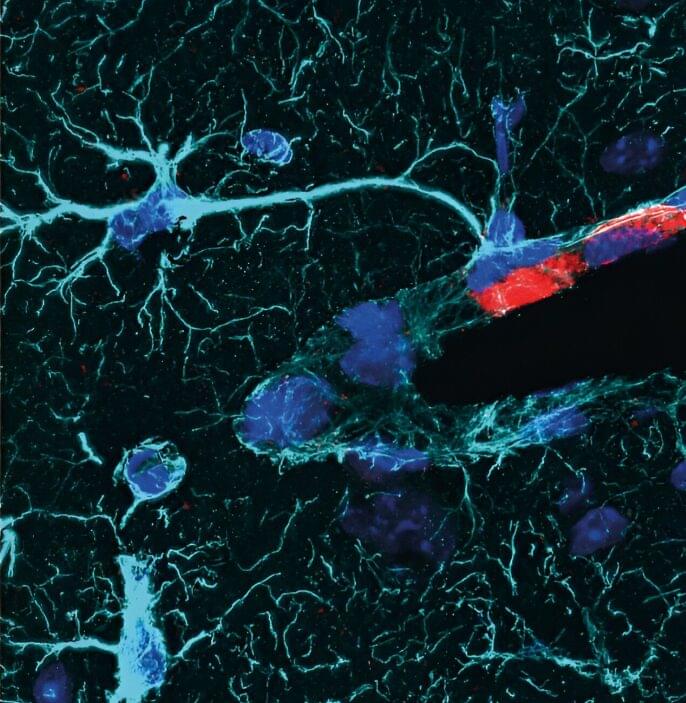They should not replace your doctor yet.
New research found that ChatGPT was only able to correctly diagnose less than half the medical cases it was asked to look at.


Gut health has been making headlines for years, but its impact on heart health is only now unfolding. A new study from Cleveland Clinic and Tufts University researchers has uncovered a link between gut bacteria and heart health that could revolutionize cardiovascular care for seniors. This groundbreaking research suggests that the key to a healthy heart in our later years might be influenced by the microscopic inhabitants of our digestive system.
The study, published in Circulation: Heart Failure, followed nearly 12,000 initially healthy participants for almost 16 years. Researchers focused on the gut microbe called trimethylamine N-oxide (TMAO), which is produced when gut bacteria digest certain nutrients found in red meat and other animal products. The researchers discovered that elevated levels of TMAO in the blood were strongly associated with a higher risk of developing heart failure, even after accounting for other known risk factors.
Stanley Hazen, MD, PhD, chair of Cardiovascular and Metabolic Sciences in Cleveland Clinic’s Lerner Research Institute and the study’s senior author, emphasized the significance of these findings for predicting heart failure risk in seemingly healthy individuals. “Regular measurement of blood TMAO levels predicted incident risk for heart failure development during long-term follow-up,” he explained. This discovery opens new possibilities for early intervention and prevention strategies, particularly important for the elderly population who are at higher risk for heart-related issues.

PETROPAVOVSK-KAMCHATSKY, Russia (AP) — One of Russia’s most active volcanoes has erupted, spewing plumes of ash 5 kilometers (3 miles) into the sky over the far eastern Kamchatka Peninsula and briefly triggering a “code red” warning for aircraft.
The Shiveluch volcano began sputtering shortly after a powerful 7.0 magnitude earthquake struck off Kamchatka’s east coast early Sunday, according to volcanologists from the Russian Academy of Sciences. They warned that another, even more potent earthquake may be on the way.
The academy’s Institute of Volcanology and Seismology released a video showing the ash cloud over Shiveluch. It stretched over 490 kilometers (304 miles) east and southeast of the volcano.


Not in leading research but interesting.
According to a new study, a polyphenol-rich natural extract positively impacts lifespan, healthspan, and cellular senescence. These results were observed in both cell culture and a mouse model [1].
Traditional and folk medicines offer many botanical extracts that can be tested by modern science for their medicinal properties and influences on aging. One such plant is the Bolivian prawn sage (Salvia haenkei).

An ischemic stroke is a type of stroke that occurs when a blood clot in an artery, also known as thrombus, or the progressive narrowing of arteries, blocks the blood and oxygen flowing to the brain. This process can cause both temporary and permanent brain damage, for instance, leading to partial paralysis, cognitive impairments and other debilitating impairments.
Statistics suggest that older age increases the risk of experiencing ischemic strokes. While neuroscience studies have shed light on many of the physiological processes underpinning strokes, the immune responses following these events and promoting recovery remain poorly understood.
Researchers at the Institut Blood and Brain @ Caen-Normandie (BB@C), University of Edinburgh and other institutes in Europe carried out a study exploring how central nervous system (CNS)-associated macrophages (CAMs), immune cells residing at the CNS interfaces, contribute to post-stroke immune responses.
The Longevity Biotech Fellowship is a non-profit community for people to come together to build, join, or invest in revolutionary longevity biotechnology projects. The Fellowship was founded in 2022 by Nathan Cheng, Mark Hamalainen, and Jun Axup as part of LessDeath Inc— an IRS-approved 501©3 non-profit based in California.
The science writer and journalists talks identity politics, wokeness, trans athletes, and why his goal is to find out what is true rather than to \.
In the scorched aftermath of World War III, the Earth is a nuclear wasteland, and humanity’s last hope lies in autonomous war machines called \.
